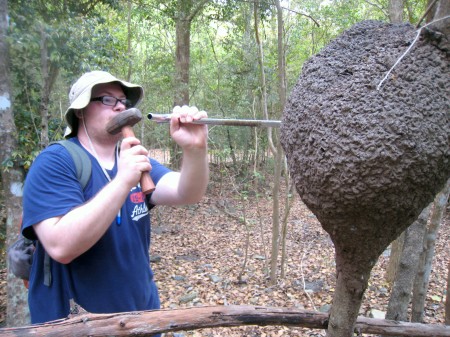
Two Murray State students in the BioMaPS (Biology and Mathematics Population Studies) program of Murray State are currently mathematically modeling the rate of change of termite nest volumes in various habitats in an effort to learn more about the species.
The BioMaPS program allows students to work on advanced research projects alongside faculty advisers in an effort to prepare them for real-world research.
Claire Fuller, professor of biology, heads one of the BioMaPS projects alongside Donald Adongo, associate professor of mathematics.
Over the summer, Fuller took two students in the BioMaPS program and a class to the island of St. John to collect samples and data.
Fuller said her interest in the research of termites began when a colleague approached her with a termite that had been changed in color from brown to white.
Upon further investigation it was learned the termite had been attacked by a parasite.
This parasite altered not only the color of its host, but also the behavior. These changes were caused by the parasite to ensure the termite would be eaten by another species, spreading the parasite. This original finding is what led Fuller to the research of termites.
She said her real interest is in disease ecology, and by studying termites she can learn more about it.
“My lab is especially interested in disease ecology, so the disease of organisms and what makes those organisms susceptible to disease or resistant to disease,” she said. “Termites are the species we are using to study disease.”
Termites are especially crucial in the rainforests as they are the primary degraders of wood, without the species the rainforests would renew more slowly. This in turn would negatively impact a majority of the species that thrive in this habitat.
She said in essence her research was being conducted to look at the genetics of disease ecology, she is studying whether or not certain colonies of termites are genetically able of resist some kinds of diseases even if the temperature changes. She said some colonies might do better resisting disease in warmer temperatures.
Fuller said a large part of the funding for her research she has received from external grants, but Murray State contributed about 20 percent of the funds.
She said the students working with her and Adongo on the research were Alex Earhart, senior from Collinsville, Ill. and Elizabeth Tarter, junior from Greenville, Ky.
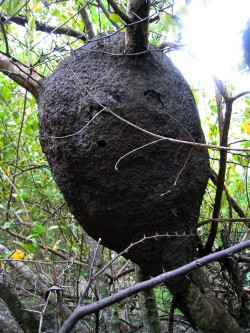
Tarter said her part of the research dealt primarily with the mathematical models.
“Alex and I work together to use logistics to model the nest sizes of the termite colonies over the last years,” she said. “We do this so that we may be able to predict what the growth of the habitats might be in the future years. We are trying to model the different habitats we study.”
She said Earhart and her were also incorporating the effects of humidity and temperature in the models.
Tarter said the experience she has had with BioMaPS has been invaluable.
“This program has helped me learn how to research and has helped me incorporate both math and science,” she said. “I’ve learned a lot, and grown confident in my abilities. If I decided to do research later I have a strong knowledge of what I’ll need to do.
Earhart said the trip to St. John was done to primarily to collect arboreal termite samples from various sites in five separate habitats: dry forest, mangrove, moist forest, sparse forest, and wetlands (rainforest).
He said to preserve the samples a 95- 100 percent ethyl alcohol was used. He said the team has samples that date back to 1998, many of the samples from the same nests they studied over the summer.
“For BioMaPS, we’re mathematically modeling the rate of change of nest volumes in various habitats from year to year and evaluating how these abiotic environmental factors such as ambient humidities/temperatures and internal humidities/temperatures contribute to this rate of change over time,” he said. “We’re also evaluating genetic relatedness among colonies in each habitat using very specific genetic markers.”
He said eventually the team might try to integrate the results on genetic relatedness into the mathematical models to validate their effectiveness at modeling the rates of change over time in nest volume.
Story by Chris Wilcox, News Editor.















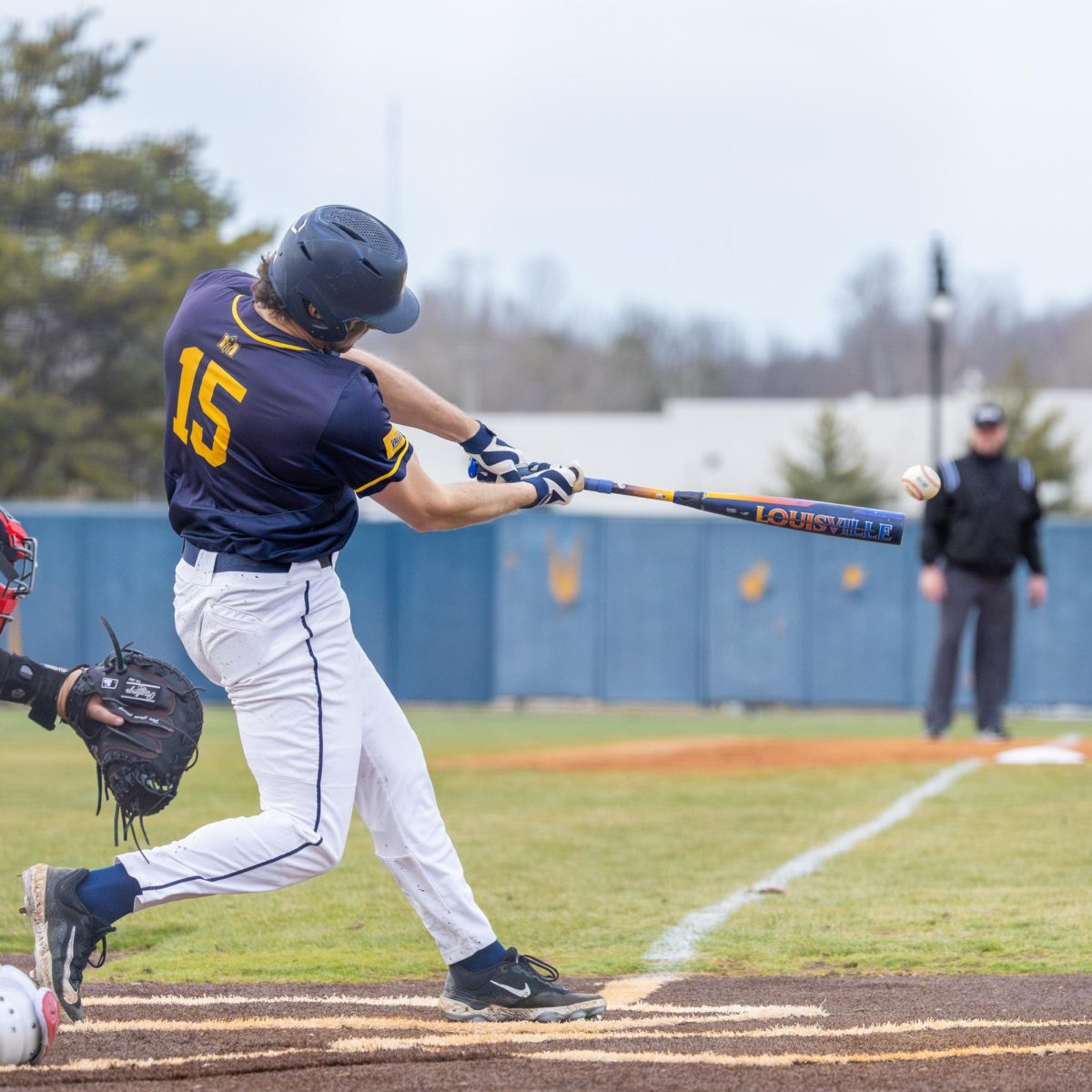













































































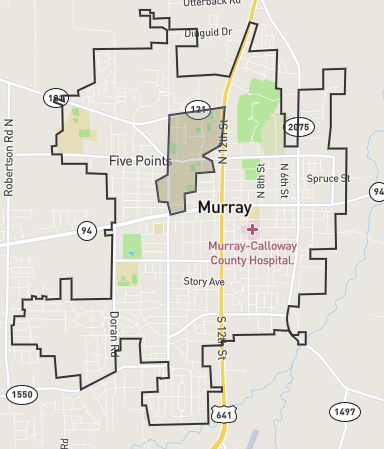
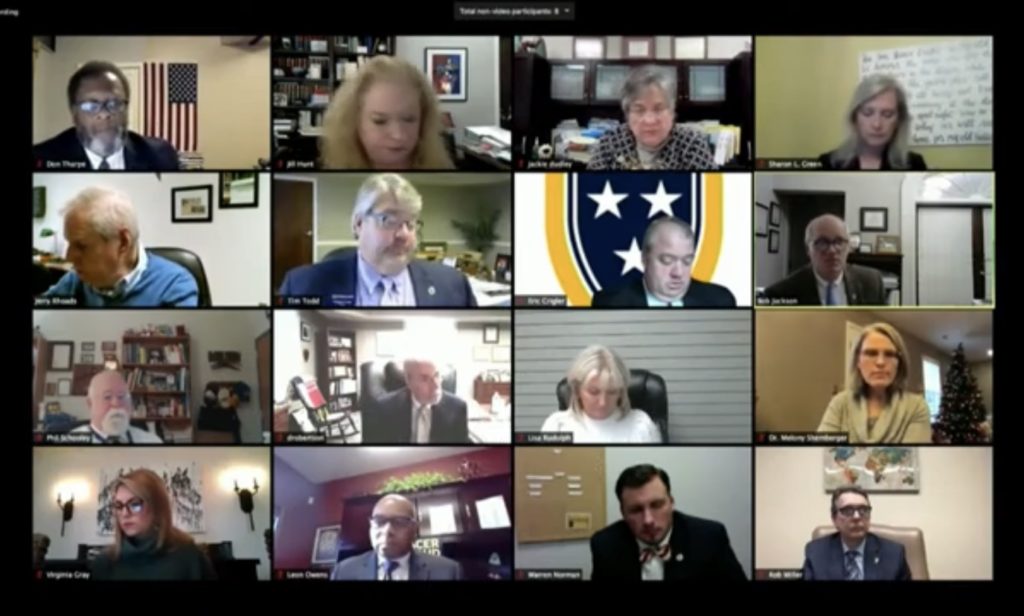
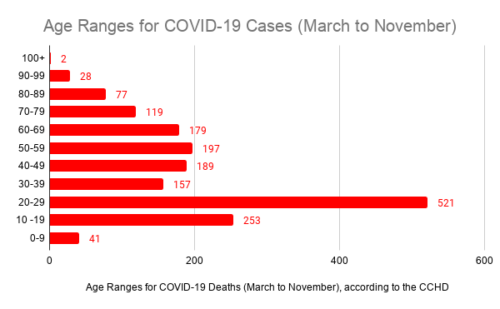


Tony Earhart • Sep 9, 2012 at 12:33 am
Cool Alex, did not see this earlier.